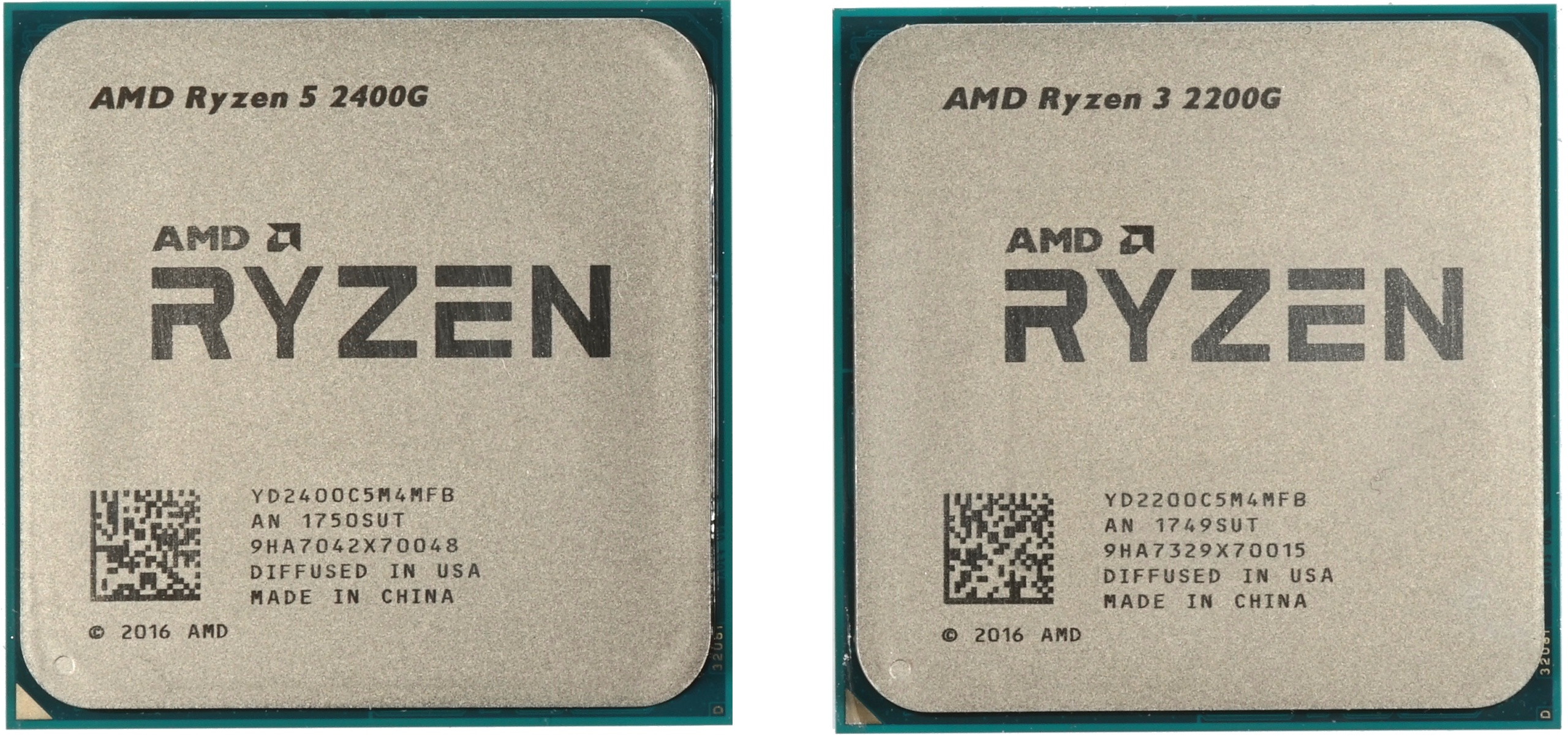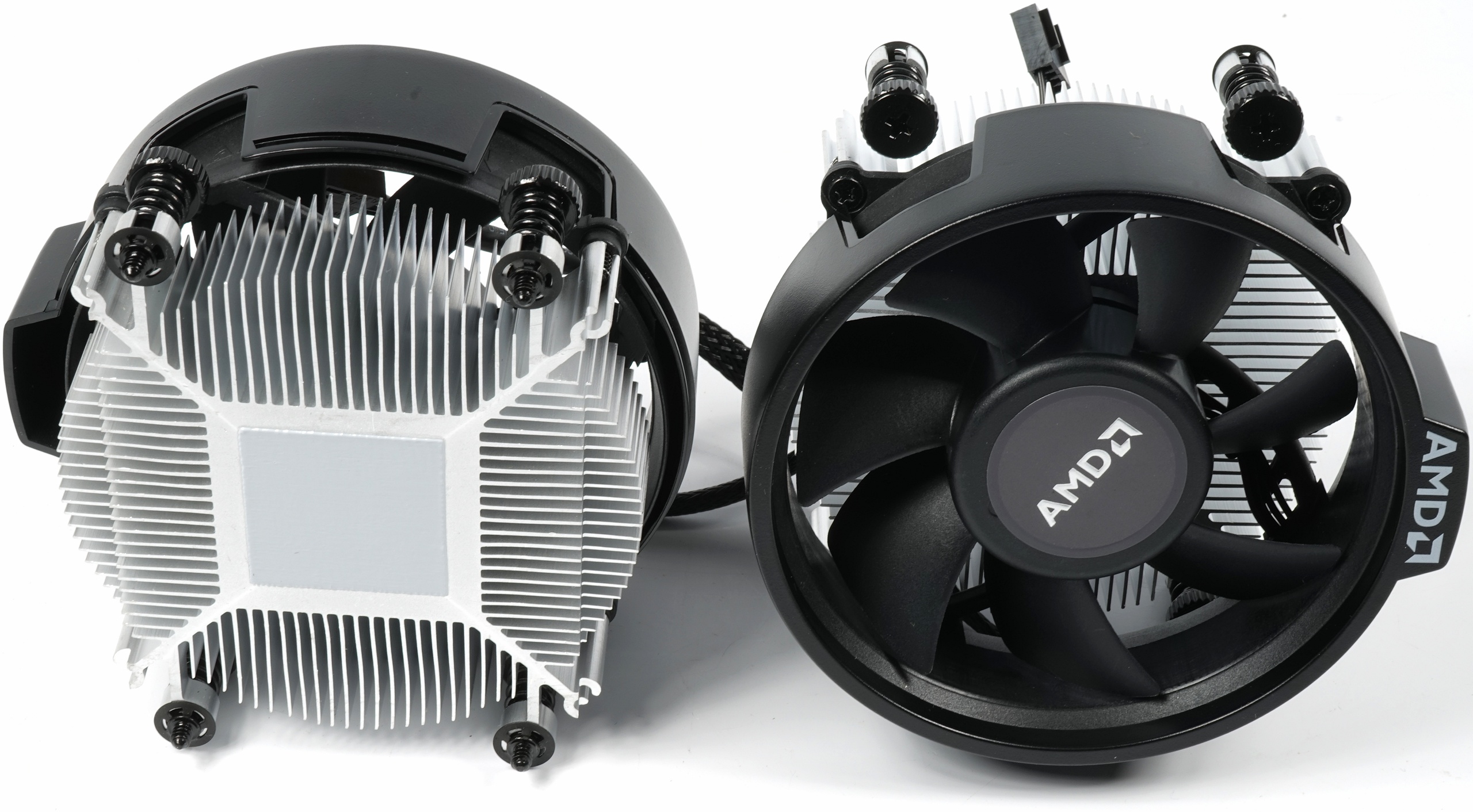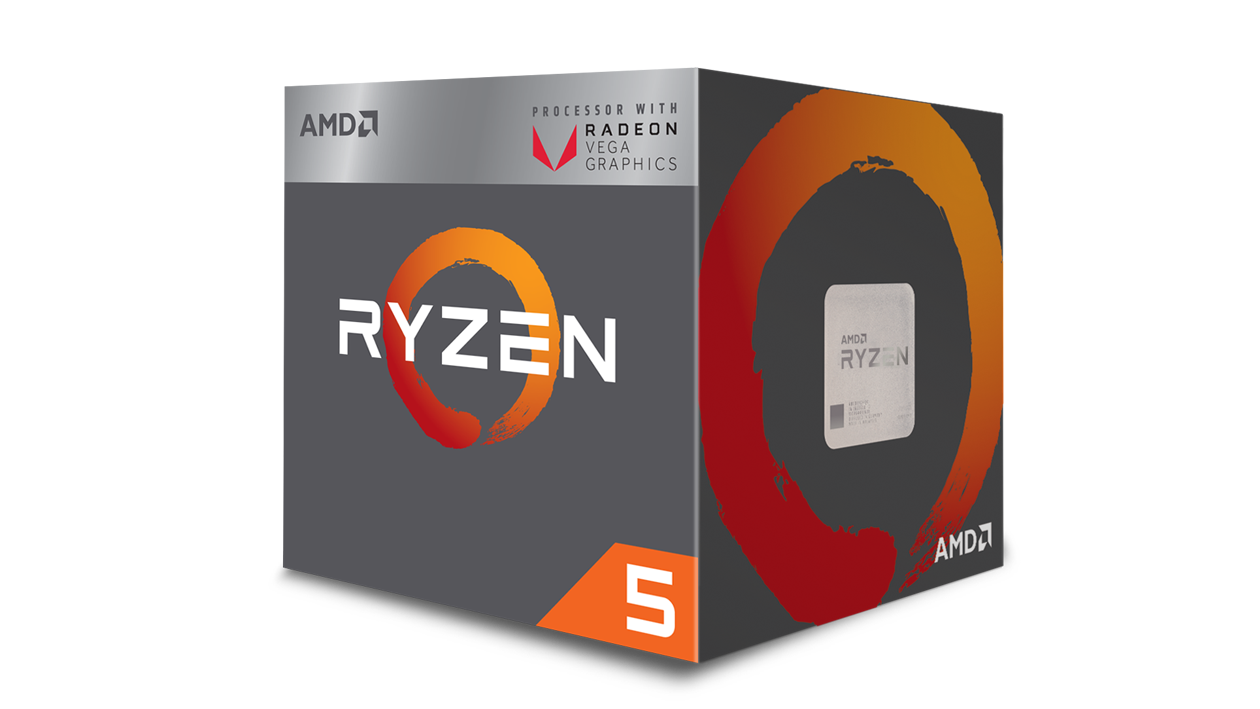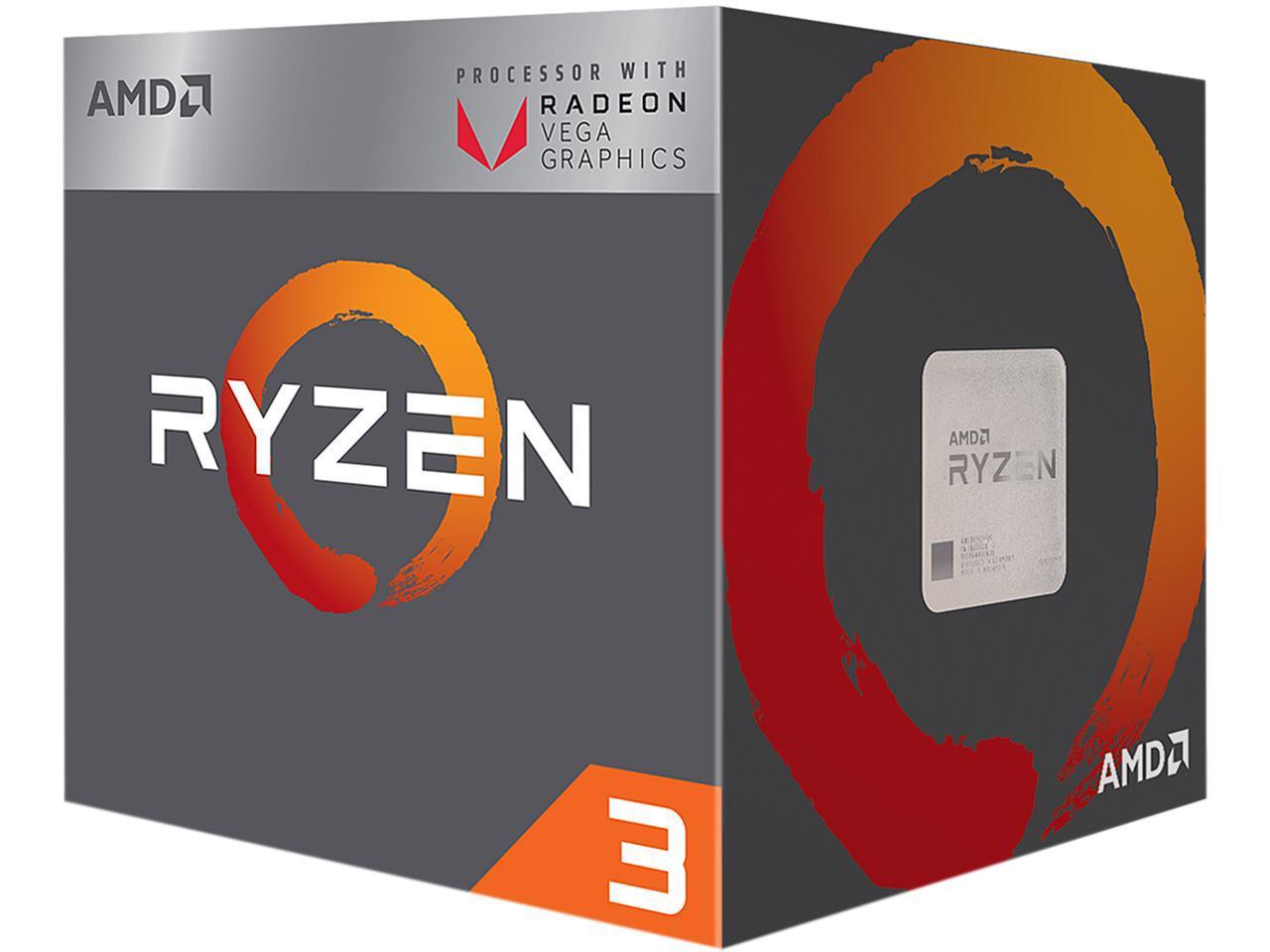AMD Raven Ridge Thermal/Power Analysis: Ryzen CPUs With Vega
Summary & Conclusion
Again, we went in-depth on Raven Ridge's performance in AMD Ryzen 5 2400G Review: Zen, Meet Vega. Today was all about power, temperatures, and noise.
Generally speaking, AMD’s Wraith Stealth cooler, which comes bundled with the Ryzen 5 2400G and Ryzen 3 2200G, is completely sufficient for everyday operation. Only enthusiasts pursuing a quieter stock configuration or higher performance via overclocking should seriously consider a higher-end thermal solution.
Be especially careful if your third-party heat sink and fan of choice is a tower cooler. Such a combination can lead to heat build-up on your motherboard's voltage converters, since they don't blow air down and across those components. Also pay close attention to how you install it. The cooler should blow in the I/O shield’s direction.
AMD uses a processor from its mobile portfolio with a low-profile die that's shallower than many surrounding SMD components. Therefore, the heat spreader above the die has to be a little thicker. Whether it would have made more sense to use solder in between the two surfaces cannot be answered with a clear yes or no.
The distance between the die and bottom of the cooler is quite large, from what we've seen of de-lidded Raven Ridge chips. So, the bundled heat sink can't quite prevent thermal throttling during our stress tests. Fortunately for most, a combination of Prime95 and MSI Kombustor isn't particularly realistic outside of our test lab. AMD could have included a fan capable of spinning slightly faster, though. Then we wouldn't have had a reason to worry.
It is also important that the motherboard's fan curve is designed in such a way to hit the fan's maximum speed before Ryzen reaches its thermal limit. Your board's standard settings are not necessarily optimal, so you may want to get into the BIOS to tune its profile for more speed to avoid thermal surprises.
Our testing did uncover an interesting phenomenon that we'll refer to as a self-preservation measure (rather than thermal throttling). We only observed it using the Ryzen 5 2400G. When the CPU cores exceed 94.5°C, their clock rates, power consumption, and waste heat are reduced. The working hypothesis is that this is a voltage and current limit. It's different from the throttling behavior you might expect to encounter based on temperature alone, and we tested that theory by cooling our 2400G to 60°C. Power consumption pulled back sharply anyway, despite low temperatures.
Get Tom's Hardware's best news and in-depth reviews, straight to your inbox.
Separately, if the integrated graphics engine is stressed beyond its limits for several minutes, then both the GPU and CPU are throttled equally. A moderate clock rate reduction helps limit waste heat, ameliorating the issue. But this doesn't just affect stress testing. It can also be triggered by extensive GPU-accelerated video encoding and compute applications. If you push the GPU hard enough, the throttling can kick in with total power consumption under 50W and a sub-50°C temperature!
All of this wouldn’t really be worth writing about if it wasn’t for the fact that Ryzen keeps on throttling, even after the conditions that caused throttling in the first place are relaxed. A reboot is necessary to reset the chip's operating parameters. There’s no rhyme or reason to this, and AMD can't explain it.
The good news, however, is that both of AMD's new Ryzen processors can be cooled without any issues using the company's bundled Wraith Stealth cooler. We used a number of especially demanding workloads to push these chips as hard as possible. But that's above and beyond what they'll encounter outside of the lab.
The worst we can say, then, is that the Wraith Stealth thermal solution gets a little loud under load. It might even be possible to cool a Ryzen 3 2200G passively, since its 65W TDP is so difficult to approach running desktop apps and mainstream games. For the most part, AMD does everything right with Raven Ridge.
MORE: Best CPUs
MORE: Intel & AMD Processor Hierarchy
MORE: All CPUs Content

Igor Wallossek wrote a wide variety of hardware articles for Tom's Hardware, with a strong focus on technical analysis and in-depth reviews. His contributions have spanned a broad spectrum of PC components, including GPUs, CPUs, workstations, and PC builds. His insightful articles provide readers with detailed knowledge to make informed decisions in the ever-evolving tech landscape
-
Combat_Medic The prices you chose to use here are bogus - the $99 and $169 MSRP are what they're actually going for.Reply -
AgentLozen ReplyCombat_Medic said:The prices you chose to use here are bogus - the $99 and $169 MSRP are what they're actually going for.
The prices from Amazon or NewEgg (or whatever) are usually inaccurate. I think Tom's should provide us with the MSRP and the internet price. That way, if the internet price is malfunctioning and showing a +50% markup, at least we know what it's SUPPOSED to sell for.
edit: minor fix -
FormatC When I wrote this review, we had only the official MSRP from AMD. The availability in Germany looks ok and the prices in EUR with VAT are lower :)Reply -
Ninjawithagun The prices (provided via direct link to Amazon.com) are now correct. Unfortunately, they are all sold out...lol.Reply -
JamesSneed These seem to be very efficient for the CPU and GPU performance they deliver. Nifty more options for budget PC's.Reply
I am left wondering if the 14nm process AMD is using, is having issues scaling to higher frequencies as it appears you keep Zen and Vega at lower clocks and they are very efficient. -
FormatC I really like the new power management and it is finally nothing else as efficiency-orientated mobile technology for the desktop.Reply -
nuclearpowerofattorney Maybe the 2400G is so smart and powerful, that when it reaches critical computational capacity, it evolves to become sentient, and thus unruly. Only after it is rebooted, to have the sentience removed, will the system cease its rebellious behavior. (Actually, I don't think this..but it's all I've got).Reply -
Rookie_MIB For the 2400G, bundling the better Wraith Spire could probably avoid the throttling bouncing around by preventing it from hitting the thermal limits under the more taxing loads.Reply
Eventually though they're going to have to find out what's causing it to get stuck in that loop. -
7angrytangerines Obviously 2400G wants to protect itself from some poor saps trying to use it for cryptocurrency mining.Reply



